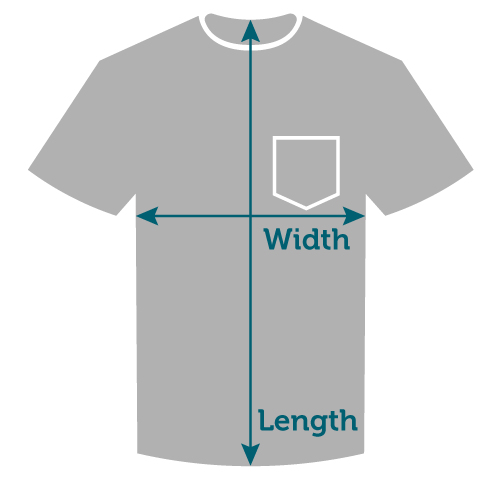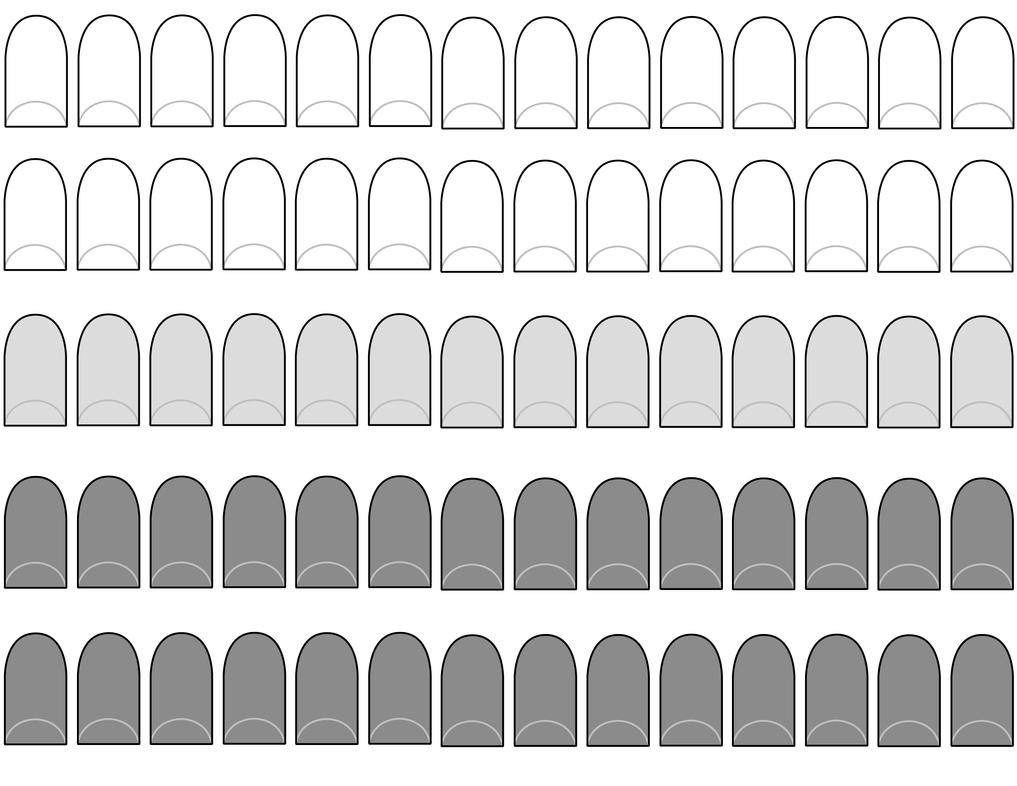Table Of Content

The house centipede is capable of biting a human, but this seldom occurs. The worst one can usually expect from a house centipedes bite is some pain and a slight swelling at the location of the bite. However, the bite can cause health problems for those few who are allergic to the extremely mild venom of its bite, which is similar to that of most normal centipedes.
Pantry Foods That Never Expire
The garden variety house centipede is yellowish to dark brown and about an inch and a half long, with 15 sets of legs that propel it incredibly quickly—some can move more than a foot per second! Unlike moths, they won’t destroy clothing or furniture, and unlike ants, they won’t wreak havoc in your pantry. While their cousins, millipedes, are herbivores that feed on wood, the house centipede is a carnivore that feasts on other insects. They use their jaws to inject poison into prey, but it’s very unlikely for one to bite a human unless it was being handled roughly.
Recent Posts
How To Get Rid of Centipedes (2024 Guide) - Architectural Digest
How To Get Rid of Centipedes (2024 Guide).
Posted: Tue, 06 Feb 2024 08:00:00 GMT [source]
House centipedes (Scutigera coleoptrata) are distinguished from other centipedes by their longer legs. The longer legs affect the way the common insect moves, creating a sort of "rolling" motion that makes it looks like they have many more legs than they do. Centipedes are great at finding hiding spaces, attracted to the dark and damp spots such as a pile of wet towels or hard-to-get-to crawl spaces in the attic. If there are enough of these hospitable environments, plus other pests as a plentiful food source, you can quickly find yourself with a centipede infestation.
Centipedes
During the summer, they can sometimes be found outdoors in areas near buildings. If a centipede is found indoors, you can get rid of it with a vacuum. However, you should contact a licensed pest professional if you suspect an infestation.
Essential Tips to Avoid Bed Bugs When Traveling
Despite their developed eyes, they seem to rely mostly on their antennae when hunting. Their antennae are sensitive to both smells and tactile information. They use both their mandibles and their legs for holding prey. This way they can deal with several small insects at the same time. To capture prey they either jump onto it or use their legs in a technique described as "lassoing".
If you did sustain a bite, it would feel like a mild bee sting. In conclusion, house centipedes pose minimal danger to humans and can even be helpful in controlling other pests in your home. As long as you maintain a clean environment and address any existing pest issues, there should be no need to worry about their presence. House centipedes are fascinating yet often misunderstood creatures that tend to startle unsuspecting homeowners. With their many legs and quick movements, they may appear intimidating, but these arthropods are actually harmless to humans and can even be beneficial by preying on other household pests.
Interaction with humans
Females of Scutigera have been known to produced 35 eggs over a period of days. House centipedes are attracted to things that help them hide. Clearing any debris that may become damp (such as leaves, dirt, grass clippings, or weeds) from around the perimeter of your home may help deter them from entering. Getting rid of centipedes is a big game of hide and seek.
Signs You Have a House Centipede Infestation
The House Centipede (Scutigera coleoptrata) is a yellowish grey centipede with 15 pairs of legs. Originally native to the Mediterranean region, the species has spread to other parts of the world, where it usually lives in human homes. The House Centipede is an insectivore that kills and eats insects. There are various ways to keep centipedes out of your home—or at least make it more difficult for them to move in—beyond banishing the bugs they eat. In addition to using a dehumidifier, run your bathroom fan for a solid five minutes after a bath or shower to remove moisture.
If you’re already facing a pest infestation with the likes of cockroaches, termites, and spiders in your house, the chance of having house centipedes is higher. Basements or other damp and dark areas in your house that don’t see much activity are a perfect place for house centipedes to thrive. When it comes to reproduction, house centipedes lay eggs in the humid and dark areas of your home. The eggs will then develop into larvae, which are similar to adult centipedes but have fewer legs.
As they grow, they gain more legs through a process called molting. Similar to silverfish, preventing the presence of house centipedes begins with lowering the level of humidity in your home. Though many people use humidifiers in winter for health reasons, this should not conflict too much with prevention measures, as house centipedes are not generally as active in the winter. Using a dehumidifier in warmer months may make a difference in the number of house centipedes in your home.
The house centipede is an arthropod, a genus that includes insects as well as centipedes, millipedes, arachnids (spiders) and crustaceans (such as lobsters). The house centipede originated in the Mediterranean but now can be found across Europe, Asia, and North America. Just like their outdoor environment, centipedes look for a damp location like a bathroom or basement. If centipedes are in the home, you can reasonably assume there are other critters around, as centipedes find and hunt other types of bugs.
The centipede goes through six larval molts and four adult molts before reaching maturity. Females can survive several years and produce up to 150 offspring. They tend to hide during daylight and come out at night to forage for prey. The house centipede moves very quickly and always seem to dart out in front of you when you're vulnerable, like when you're just out of the shower or carrying something fragile. For people who tend to be startled or frightened by insects, these leggy prehistoric-looking creatures are the stuff of nightmares. There are six larval instars or molts, and four post-larval instars before the centipedes reach maturity.
Reduction in the centipede food source is the first step in managing a house centipede population. Determine what other types of arthropods, in your house, are providing a meal for the centipedes by distributing 'sticky insect traps', also called monitors, around the house. These monitors (and the service for identifying the specimens) can be obtained through a pest control company.























